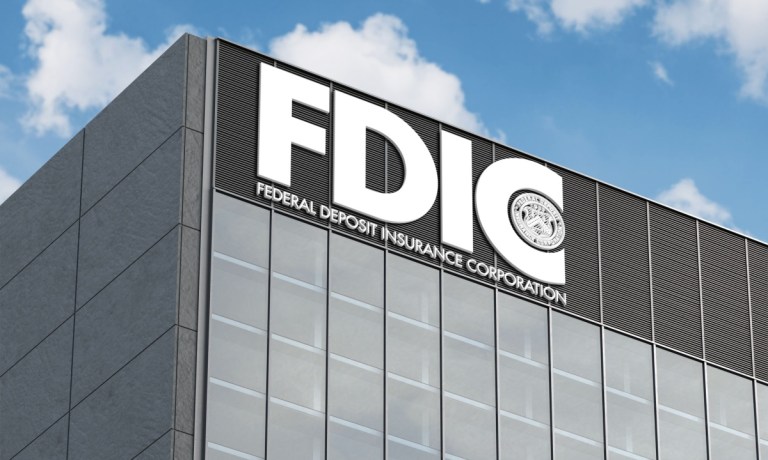And to steal a line from Prince (at least a bit): No one’s going to party like it’s 1995.
On Tuesday (Sept. 17), the Federal Deposit Insurance Corp. (FDIC) said that new rules would be adopted to change the way proposed mergers are examined — for risk, especially.
The update — the so-called 2023 merger guidelines — come as the FDIC is one of three agencies charged with evaluating transactions subject to the Bank Merger Act. As announced by the FDIC, the “final statement” on FDIC policies would supersede the last go-round of merger policy updates, which took place in 2008, and the previous go-round was known as the 1995 bank competitive review guidelines.
There’s particular mention of industry consolidation, and the FDIC noted that “the Final Statement recognizes that mergers in rural areas involving local community banks may result in concentrated markets and emphasizes that the FDIC will carefully balance the competitive effects of such a merger with the public interest served by the capacity of the resulting IDI [insured depository institution] to serve the convenience and needs of the community. … In addition, the FDIC Board notably reserves authority to act on any application in which the merging institutions operate in the same relevant geographic market(s).”
Where the Scrutiny Increases
An additional Statement of Policy noted that “mergers resulting in IDIs with $100 billion or more in total assets [will] be the subject of a heightened financial stability analysis are intended to position the FDIC to conduct an informed evaluation of the statutory factors for highly consequential merger proposals.”
Advertisement: Scroll to Continue
Elsewhere, and as explained in that document, there would be more data requested on the “IDI’s business lines, products and services, on- and off-balance sheet activities, branch network and delivery channels, number of account holders (including the volume of uninsured deposits), extent of information technology systems, and any material affiliate or other third-party relationships.”
The FDIC said, too, that it would consider proposed deals’ impact on concentrations of services and products other than deposits, where the FDIC will consider concentrations beyond those based on deposits including “concentrations in any specific products or customer segments, such as, for example, the volume of small business or residential loan originations or activities requiring specialized expertise.”
Interestingly, the FDIC also contended in its announcement that “the proposed merger should result in less financial risk than the risk posed by the institutions on a standalone basis.”
As to what may wind up impacting the time frame of those proposed mergers, FDIC Chairman Martin Gruenberg said in a statement accompanying the new SOP that, “The Final Statement retains the expectation that mergers resulting in … IDIs with $50 billion or more in total assets should be the subject of public hearings and the expectation that mergers resulting in IDIs with $100 billion or more in total assets be the subject of a heightened financial stability analysis.”




